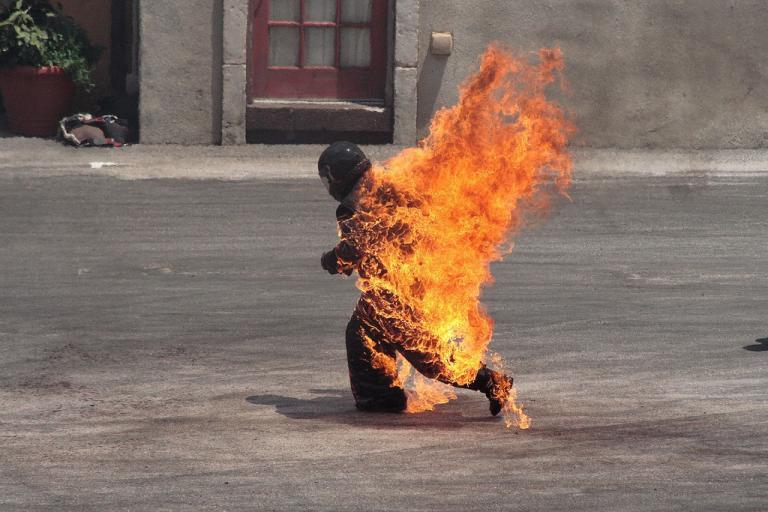Alaska’s Bering Sea is home to one of the most remarkable places in the world, “the Grand Canyons of the Sea.”
These canyons are over a mile and a half deep and home to fish, crab, skates, endangered seals, orcas, and humpback whales. It’s a truly remarkable ecosystem that starts with the fragile corals and sponges on the seafloor. Tragically, this ecosystem is under threat from industrial fishing fleets that carve up the corals and sponges with their trawl nets. Bottom-tending fishing gear–especially trawl nets–destroys fragile corals and sponges that provide this essential habitat, including spawning and nursery areas for fish, crab, and other marine species.
The North Pacific Fisheries Management Council oversees the fisheries of the Bering Sea, and they’ve earned the respect of the oceans conservation world for managing the area as well as they have–up until now. Despite repeated requests from conservationists to protect this vital canyon habitat from fishing impacts, the North Pacific Fisheries Management Council, has so far, taken no action to conserve this vital ecosystem.
When the Council last reviewed proposals to protect the canyons, they found there was insufficient scientific data to justify taking immediate action, but they prioritized the canyons for future research. Greenpeace took this as a challenge and an invitation. When people think of Greenpeace they rarely think of cutting edge science, but that’s just what we were able to use when we brought state of the art submarines to explore and document the canyons. Our Oceans team worked with NOAA and the WAITT Institute to gather the scientific evidence that clearly shows the canyons contain vulnerable coral and sponge habitat directly threatened by industrial fishing.
For decades, the residents of Washington State have had tremendous influence over the fate of Alaska. The fight for the Grand Canyons of the Sea is no different. This June, the NPFMC will meet in Seattle to decide the future of the Canyons, either deciding to act on the available science Greenpeace, NOAA, and others have brought back for them, or to carry on with the status quo.
Over a billion dollars of seafood is harvested along the Bering Sea shelf break each year. Given the ecological and economic importance of the canyons and shelf-break zone, and how little we understand about deep sea ecosystems or the connections between seafloor habitats and commercially important species, it is extremely risky not to set aside representative portions of the shelf break as a buffer against uncertainty. Marine Protected Areas – particularly no-take reserves – provide an insurance policy against costly mistakes and are a key component of sound ecosystem-based fishery management. It’s these protected areas — Hope Spots — that represent our best chance to preserve the seeds of tomorrow’s healthy ocean and help reverse the damage done by rapacious fishing practices.
Mission Blue, a coalition of organizations that protect the ocean and raise awareness about the challenges it faces, has designated the Bering Sea as a new Hope Spot in 2013. This vibrant marine environment, along with the 18 other Hope Spots, form our best chance to protect what is left of the healthy functioning ocean on the planet.
Americans take pride in protecting national treasures such as Yellowstone, Yosemite and Denali, but because the Grand Canyons of the Sea feel so remote, the fishing industry has been allowed to plunder these dynamic ecosystems with impunity. If we want the ocean to continue to provide fish (from wild king salmon to Fish McBites), jobs, and the countless other contributions to the planet, then we need to protect ecologically vital areas like the Grand Canyons of the Sea.


